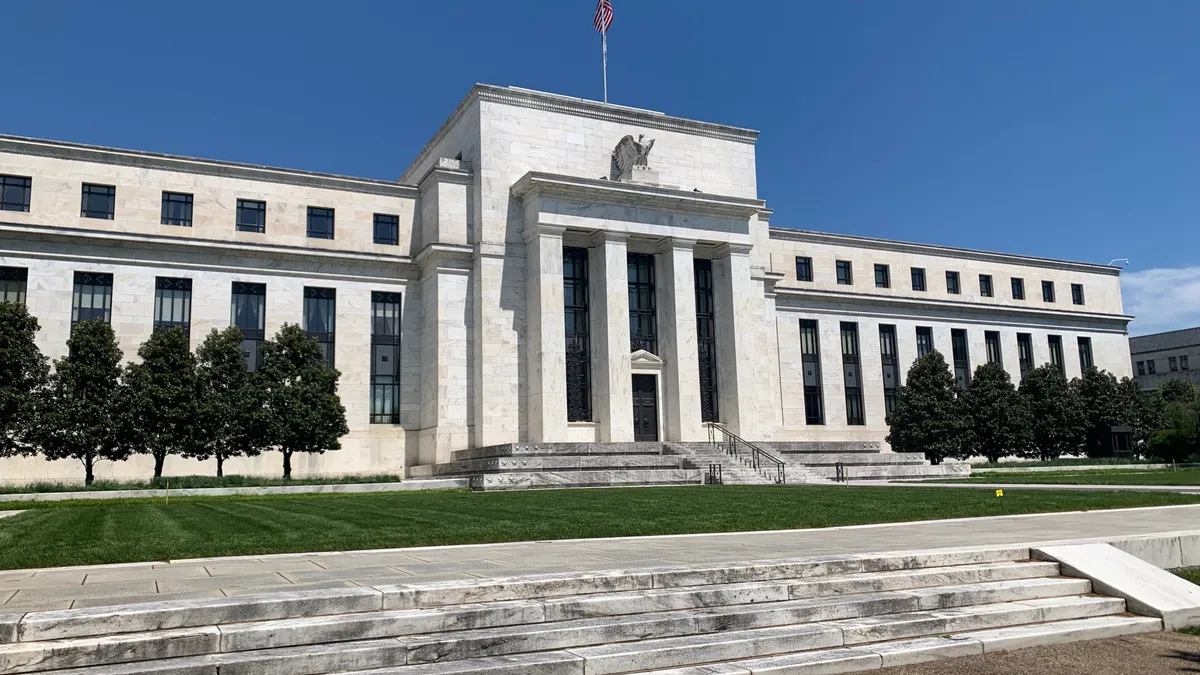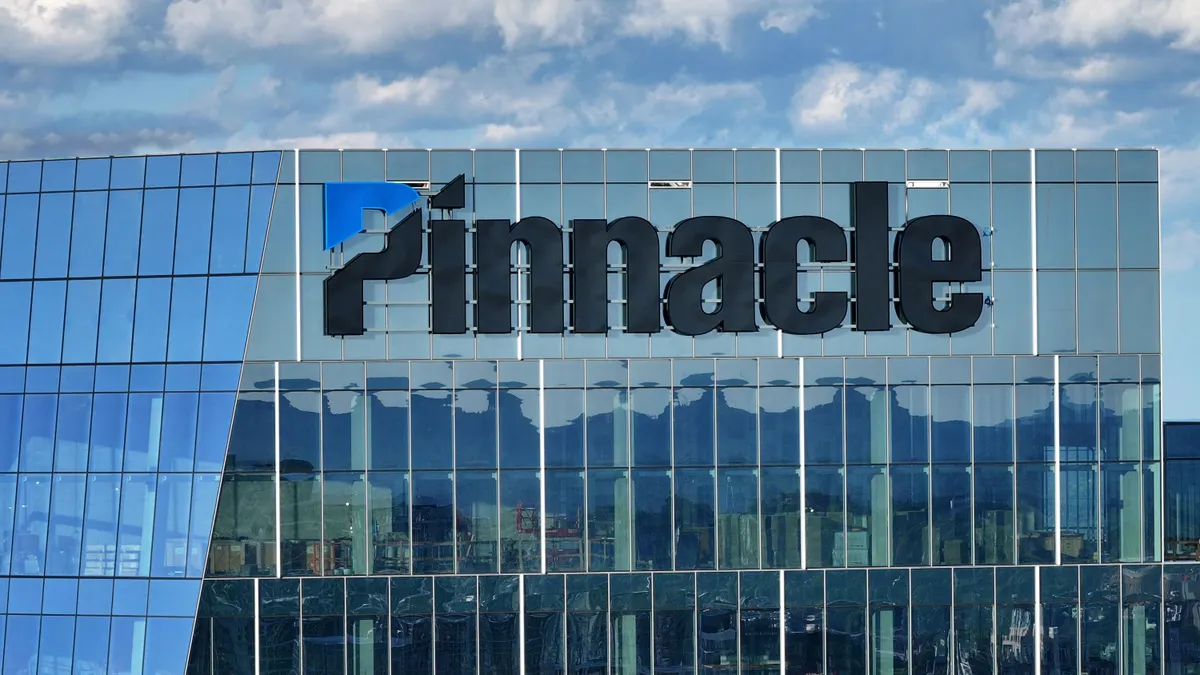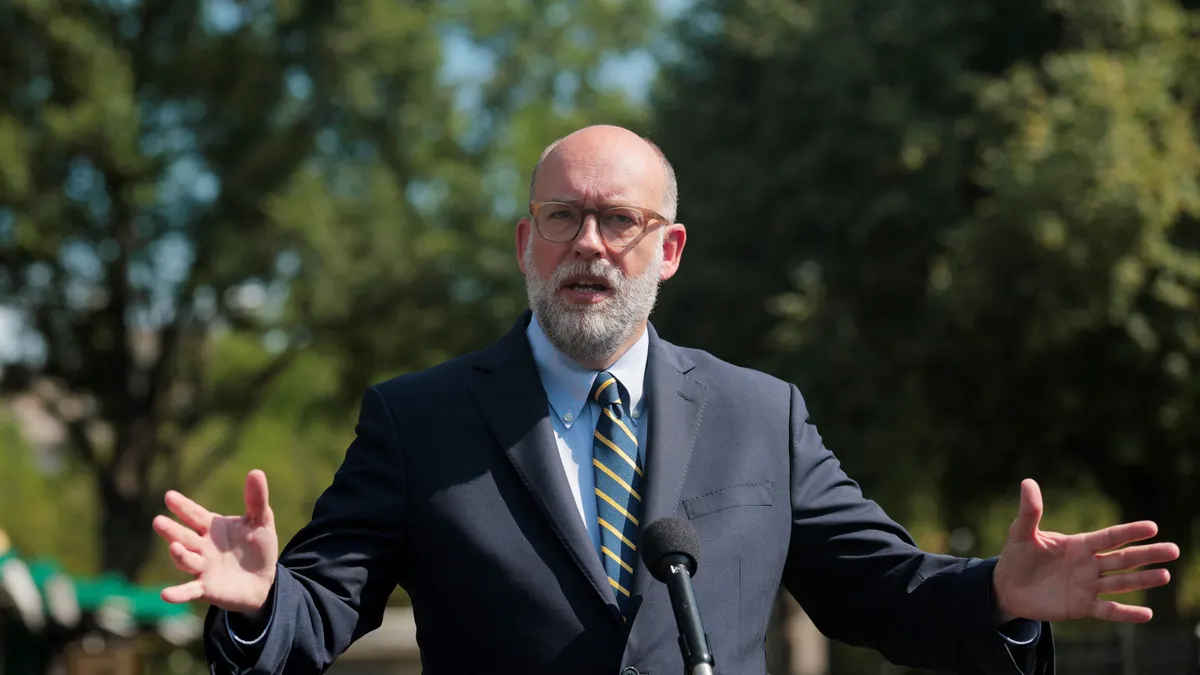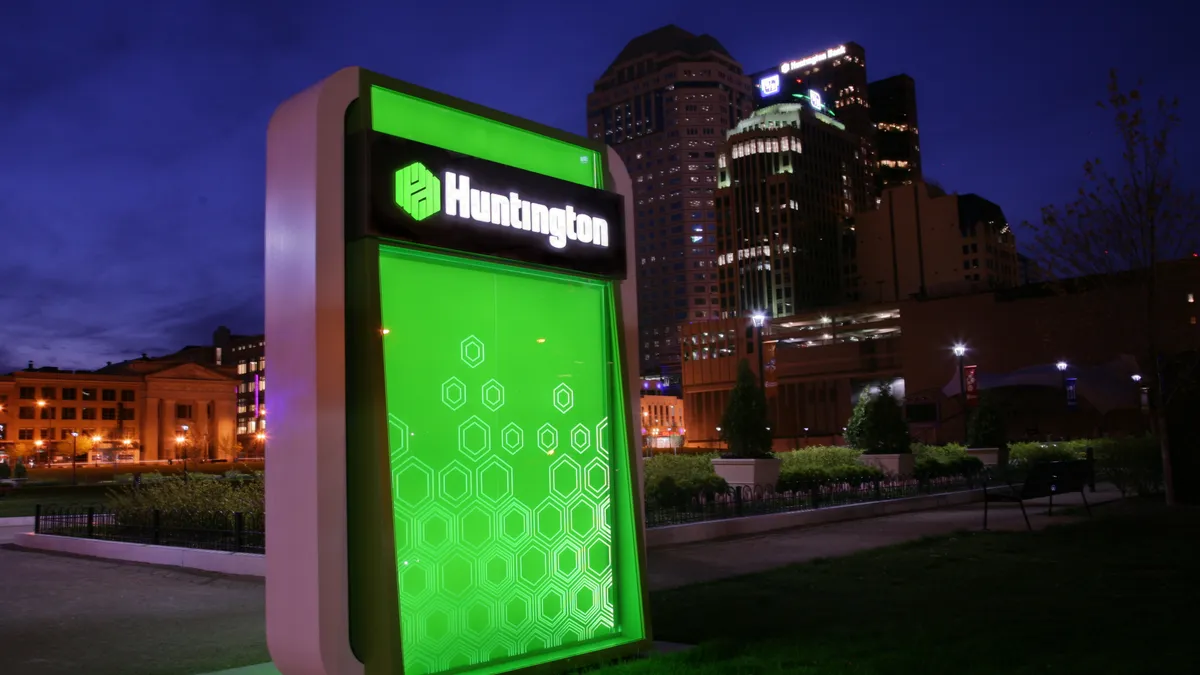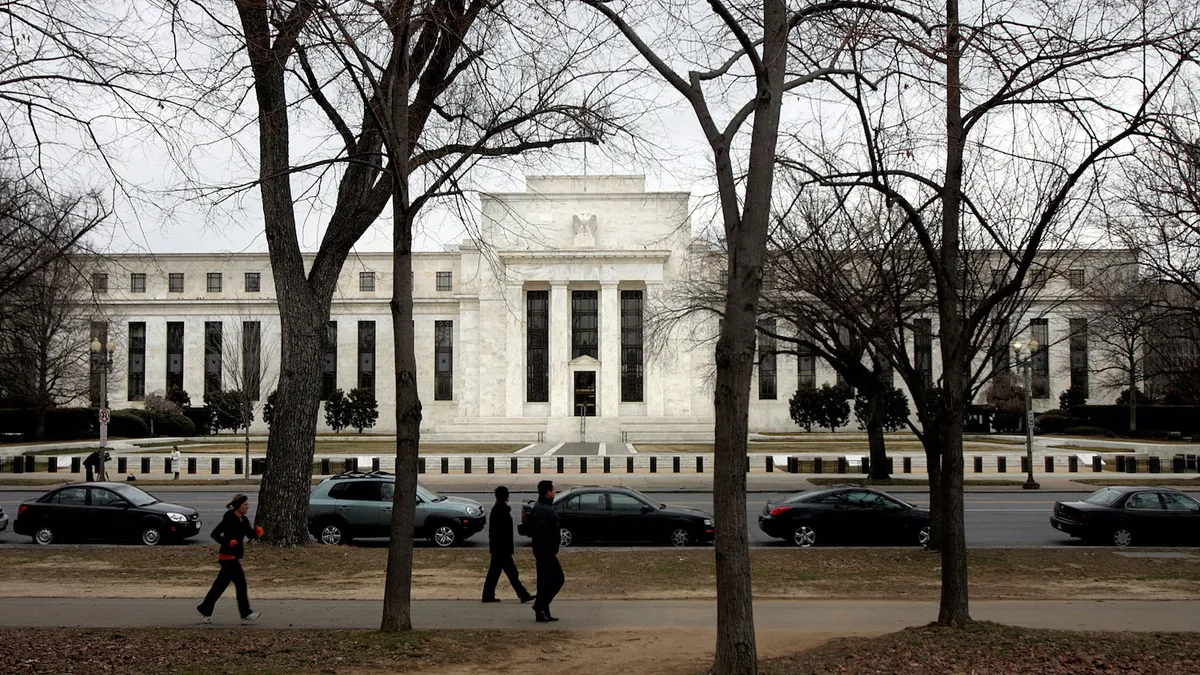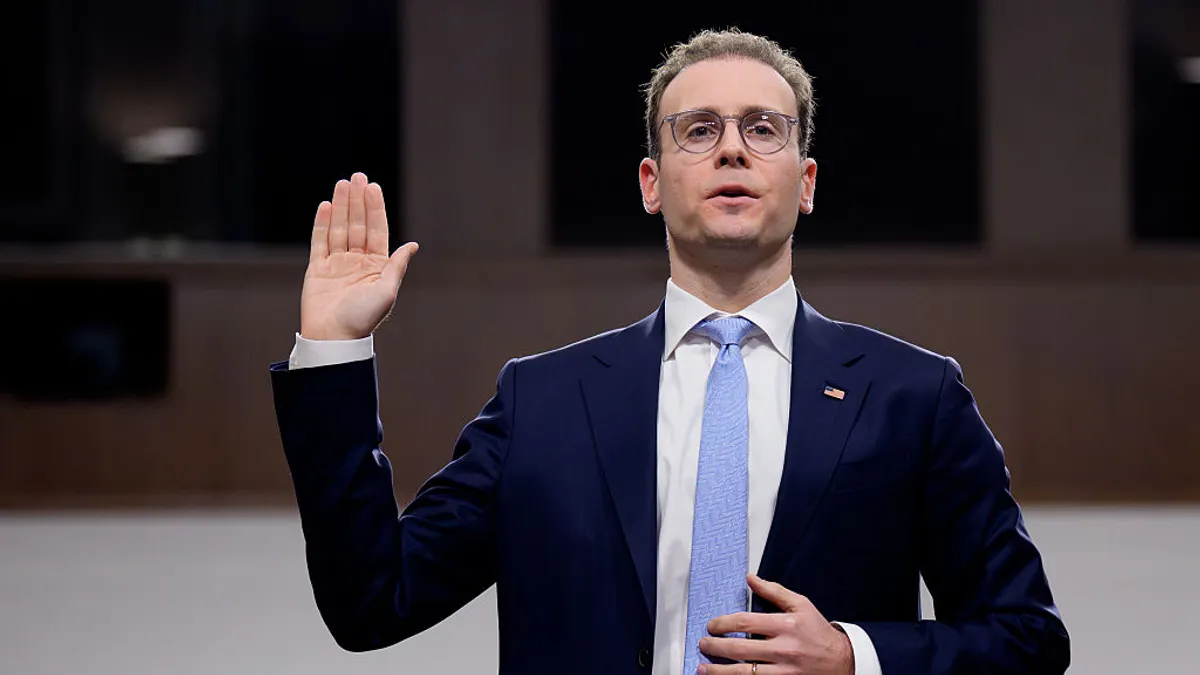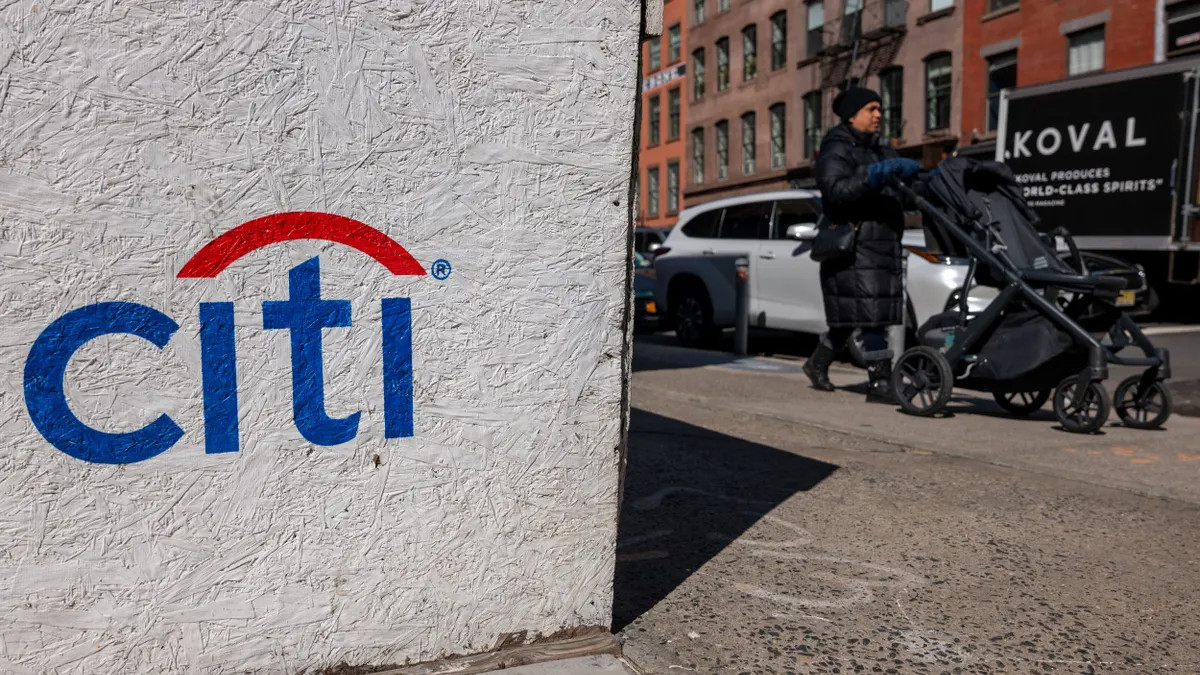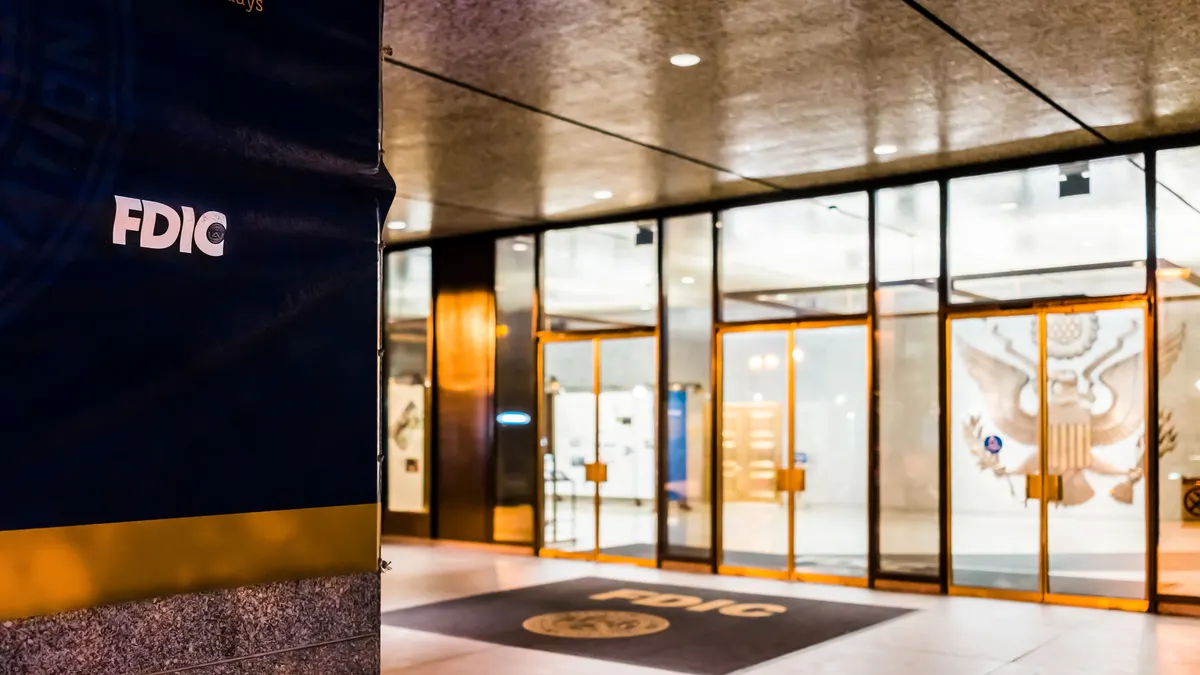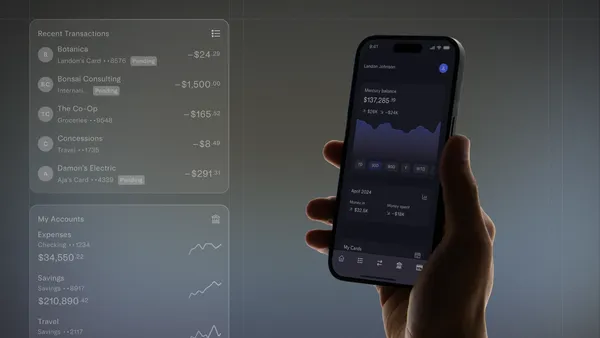Last week was rough for business-targeted federal coronavirus loan programs. First, JPMorgan Chase sent a cryptic warning in a memo to its 250,000-plus employees worldwide indicating that it had "seen conduct," including misuse of loans by customers and staff, "that does not live up to our business and ethical principles — and may even be illegal."
It was later reported the bank fired several employees who improperly applied for and received funds through the Economic Injury Disaster Loan (EIDL) program after it noticed suspicious amounts of money had been deposited into checking accounts owned by bank employees. The Small Business Administration's (SBA) inspector general in July called for closer oversight of the program over fraud concerns.
Then the Project On Government Oversight (POGO) found banks in July filed more than double the previous month's number of reports of suspected business loan fraud. June's number — the previous record — was more than triple the monthly average the Financial Crimes Enforcement Network (FinCEN) has been logging since 2014. The report came on the same day the Justice Department announced it has charged 57 people with Paycheck Protection Program (PPP) fraud since April.
Considering those twin black eyes, it's no wonder lawmakers are taking such pains to see that the other other coronavirus bailout — the Main Street Lending Program — succeeds.
At issue is the program's moribund level of interest from potential borrowers. Just $1.2 billion of the $600 billion set aside for the program had been loaned between Main Street's June 15 launch and Sept. 3. By comparison, PPP's $350 billion first wave ran out in 13 days.
Lawmakers and experts at a Wednesday hearing debated how to juice the program. Suggestions ranged from reducing the amount of risk banks would carry to cutting the minimum loan threshold so more businesses would qualify. The Fed has already tried each of those measures — leaving banks on the hook for 5% of the program's riskiest loans rather than 15%, and lowering the minimum to $250,000 from $1 million.
The latter has failed to prove persuasive to smaller borrowers. Only 11 of the 118 loans approved through the program by the end of August were for less than $1 million.
Nonetheless, Hal Scott, president of the Committee on Capital Markets Regulation, testified Wednesday he was recommending the Fed buy 100% of Main Street loans from banks and reduce the minimum loan threshold to $100,000. He also suggested a much longer payback time frame for borrowers. The Fed in June also extended the loan term from four years to five. Scott is seeking 10.
Borrowers now can defer principal payments on their loans for two years.
"The current approach has been tried and found wanting," Scott said at the hearing.
A long-standing theory regarding the comparative dearth of demand for Main Street loans is that borrowers are finding credit elsewhere. Sen Pat Toomey, R-Pa., backed up that assumption at Wednesday's hearing, saying that scenario was "entirely possible," but that it's "still too soon to call this program a failure."
Nonetheless, Toomey added, creating a system in which the Fed buys 100% of Main Street loans, rather than 95%, poses "an obvious challenge."
The 5% creditor buy-in is "meant to create an incentive for the banks to do proper underwriting," Toomey said.
Sen. Tim Scott, R-S.C., recommended sweetening another perk. "How might the Fed and Treasury reconsider the program's administrative fee model to better incentivize lenders and small service providers?" he asked.
Eric Rosengren, president of the Boston Fed, which is administering the Main Street program, has warned against adding too much risk.
"It's important for Congress to make clear how much risk they want," Rosengren told The Washington Post. "Right now, it's easy to say, ‘We want lots of loans.' But a year and a half from now, people are going to want to know why those loans went bad."
Restrictions, not risk, were at the root of Senate Banking Committee Chairman Mike Crapo's reservations with the program.
"I am still concerned that incorporating widespread restrictions in these facilities could render the facilities ineffective and leave businesses and their employees without critical resources they desperately need," the Idaho Republican said.
Restrictions — or perhaps constantly altering them — may have contributed to PPP's undoing. Between April and August, the SBA issued no fewer than 20 updates to guidance, which may have sowed doubt in lenders as to whether they'd be left on the hook. Changing criteria also left borrowers wondering if their loans would be forgiven.
Scott said in his testimony that Treasury Secretary Steven Mnuchin has adjusted his own expectations on Main Street's output — estimating the program will top out with about $50 billion in loans out of its $600 billion pot.
It's understandable that lawmakers, federal agencies and those concerned would want to optimize Main Street. Perhaps further tinkering will help it finally find its audience and succeed where other coronavirus relief programs have failed. But one thing is certain: Lawmakers and federal agencies have no room for a third black eye.


